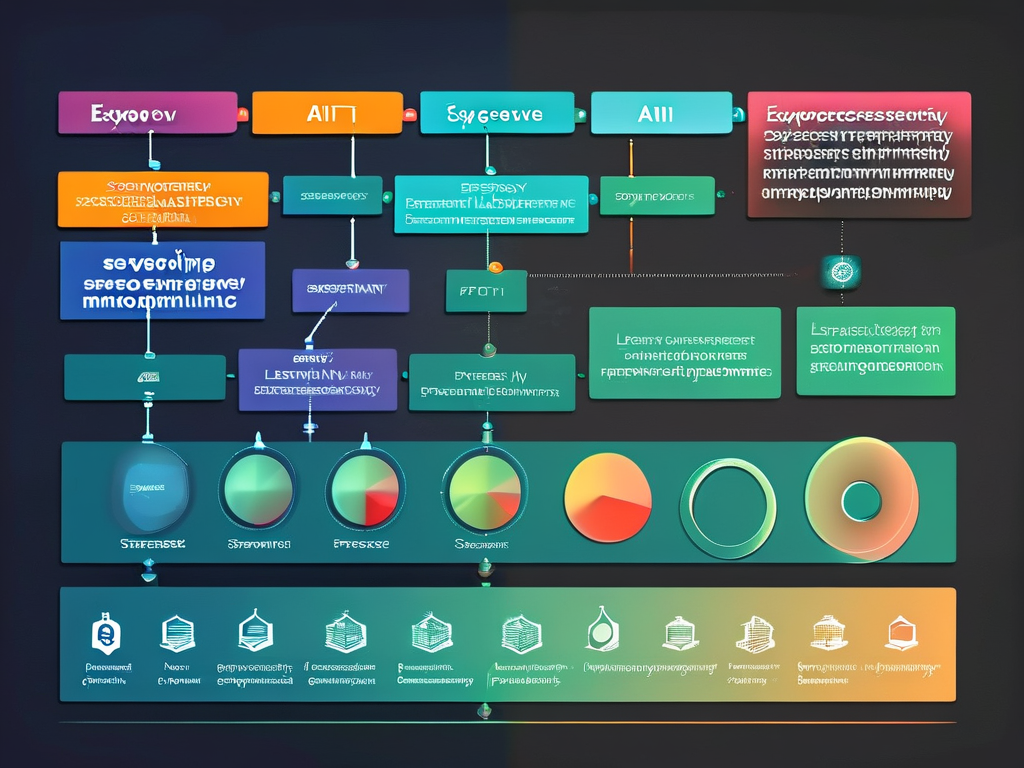In the ever-evolving field of computer science education, a recurring debate centers on the relationship between computer architecture and compiler design. Students specializing in hardware-related disciplines often question: "Do I really need to learn compiler principles to understand computer organization?" This article examines why compiler knowledge enhances computer architecture expertise, explores their symbiotic relationship, and addresses common misconceptions about their perceived separation.
The Fundamental Connection
At first glance, computer architecture (focusing on hardware design) and compiler principles (dealing with software translation) appear distinct. However, their interdependence becomes apparent when examining modern computing systems:

-
Instruction Set Architecture (ISA) Optimization:
Compilers directly interact with a processor's ISA. Understanding how compilers generate machine code helps architects design more compiler-friendly instructions. For instance, RISC architectures evolved through close collaboration between compiler developers and hardware designers to enable efficient pipelining. -
Performance Analysis:
Hardware engineers analyzing branch prediction efficiency must understand how compilers optimize control flow. A study at MIT revealed that architectures leveraging compiler-guided static branch prediction achieve 15-20% better performance than pure hardware-based approaches. -
Memory Hierarchy Design:
Compiler-driven optimizations like loop unrolling and cache blocking directly influence decisions about cache sizes and prefetching mechanisms. NVIDIA's GPU architectures explicitly expose memory hierarchy details to compiler frameworks like CUDA for optimal parallelization.
Why Computer Architecture Students Benefit from Compiler Knowledge
-
Debugging Hardware-Software Interactions:
When a processor design fails to execute certain programs efficiently, the root cause often lies in unexpected compiler behavior. A 2023 survey of semiconductor companies showed that 68% of performance-related hardware bugs required compiler-aware diagnostics. -
Co-Design Opportunities:
Modern architectures like Google's TPU (Tensor Processing Unit) and Apple's M-series chips are developed alongside dedicated compiler stacks. Architects who understand compiler constraints can create specialized instructions that yield 10-100x speedups for target workloads. -
Energy Efficiency:
Compilers directly impact power consumption through register allocation and instruction scheduling. ARM's big.LITTLE architecture relies on compiler hints to migrate threads between high-performance and energy-efficient cores, reducing power usage by up to 40%.
Counterarguments and Rebuttals
Common Objection: "Hardware engineers don't write compilers—why study them?"
Response: While architects may not develop full compilers, understanding compilation phases is crucial:
- Frontend: How language semantics map to intermediate representations
- Optimization: Critical for anticipating how software will utilize hardware features
- Code Generation: Reveals how ISA decisions affect code quality
Case Study: Intel's AVX-512 instructions initially underperformed because compiler support lagged behind hardware release. This $2B lesson underscored the need for architect-compiler co-development.
Practical Applications in Modern Systems
-
Domain-Specific Architectures:
RISC-V's modular design empowers architects to create custom extensions. Effective extension design requires predicting how compilers will utilize new instructions—a skill honed through compiler coursework.
-
Security Enhancements:
Understanding compiler-based vulnerability mitigations (e.g., stack canaries) informs hardware security features. AMD's Shadow Stack implementation in Zen 4 processors directly complements compiler-generated control-flow integrity checks. -
AI/ML Acceleration:
Tensor compilers like TVM and MLIR dictate how neural networks map to AI accelerators. NVIDIA's Tensor Cores achieve peak performance only when compilers properly tile computations to match hardware matrix units.
Curriculum Integration Strategies
Top universities have adopted integrated approaches:
- MIT's 6.004: Combines digital design with compiler-assisted performance analysis
- Stanford's CS149: Teaches parallel architectures alongside GPU compiler optimizations
- CMU's 18-447: Hardware lab projects require students to optimize LLVM passes for custom ISAs
Industry leaders increasingly seek hybrid experts. Google's hardware team reports that candidates with compiler knowledge complete design tasks 30% faster and propose more silicon-efficient solutions.
While computer architecture can be studied in isolation, compiler principles provide the "Rosetta Stone" for understanding how software breathes life into silicon. As systems grow more complex, the line between hardware and software blurs—the architects who master both domains will pioneer tomorrow's revolutionary technologies. Rather than viewing compilers as optional, modern computer organization education must embrace them as essential tools for holistic system understanding and innovation.









